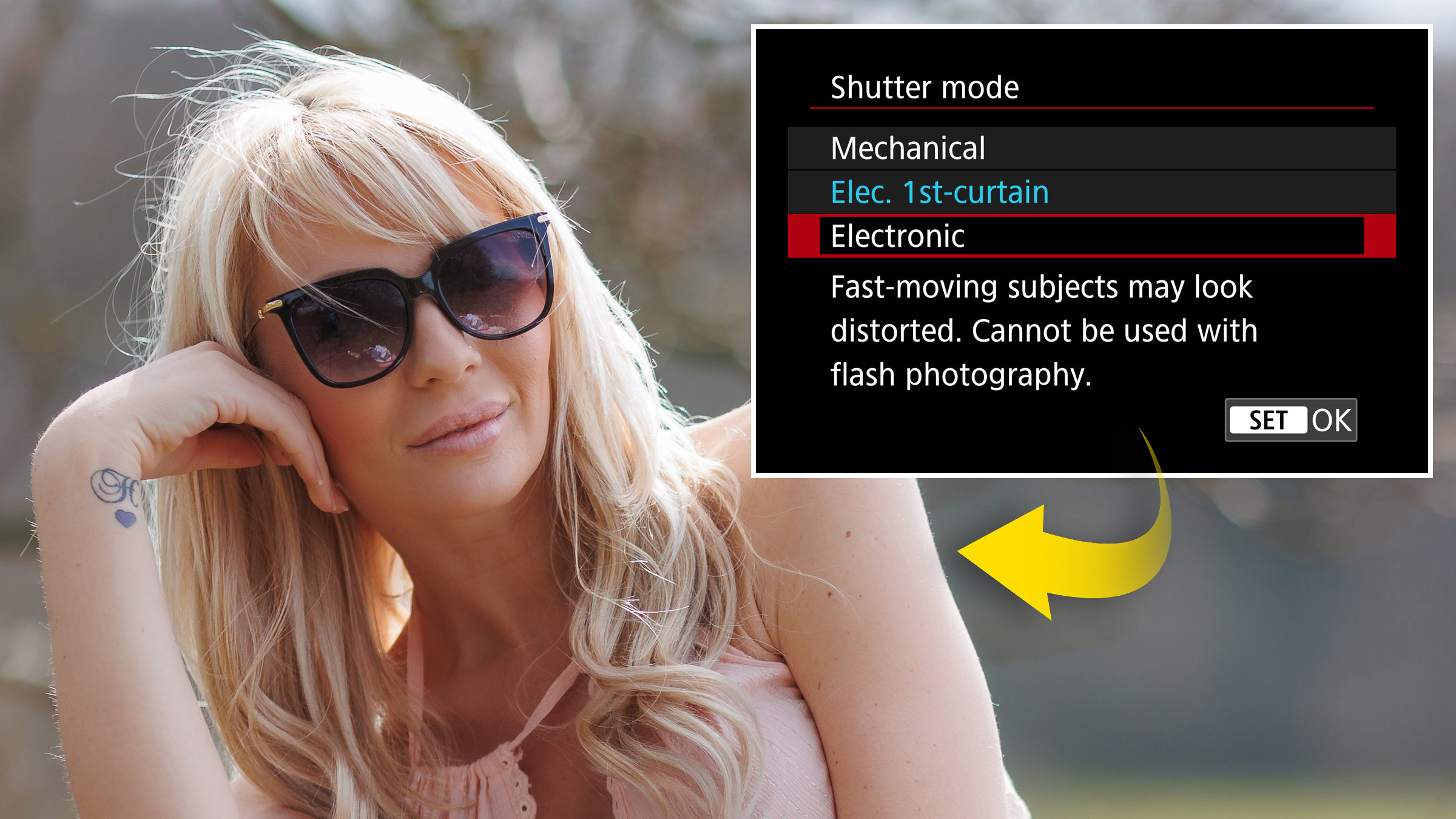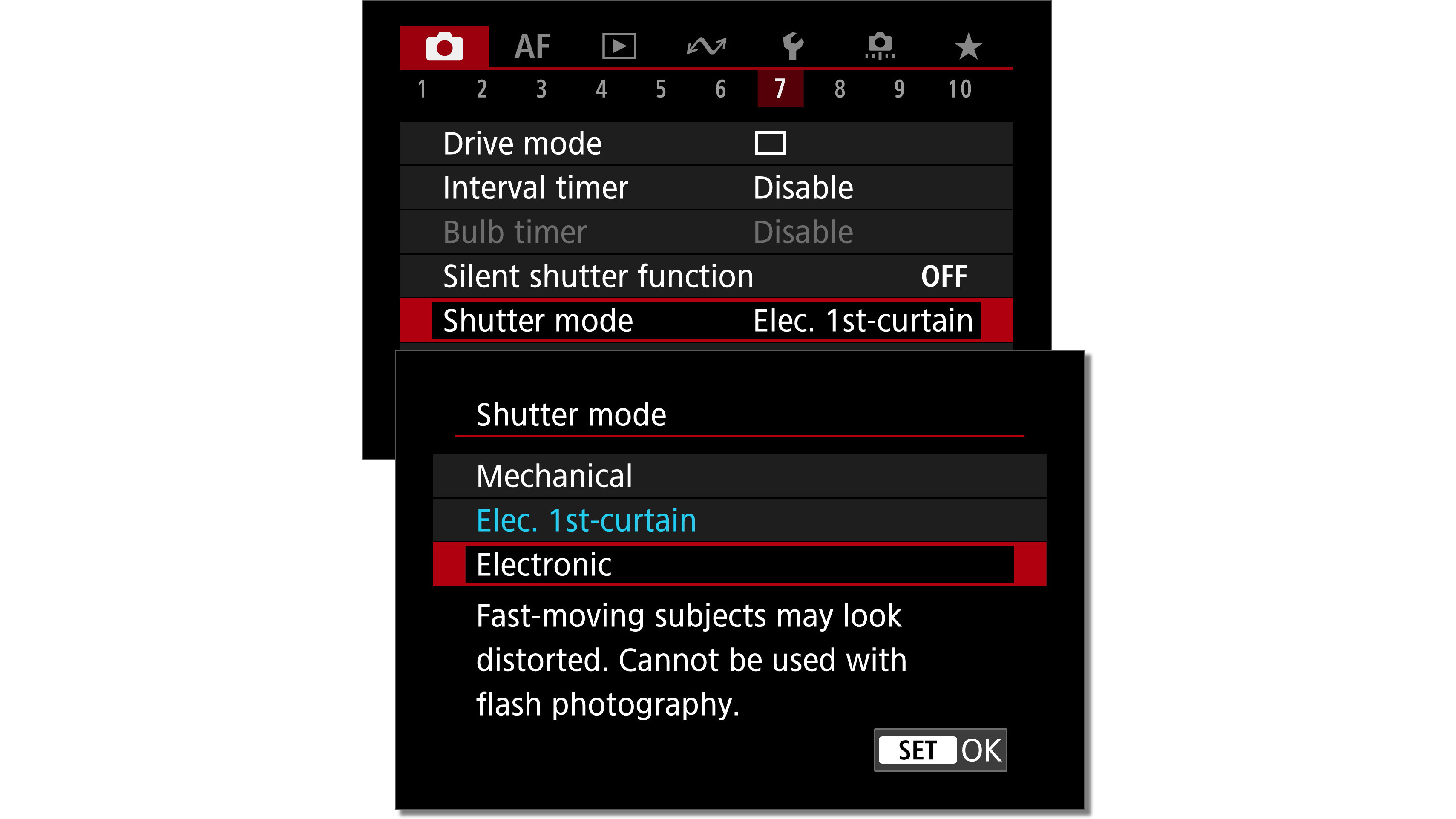
The image sensor of a mirrorless camera provides a live feed to allow composition, focus, and exposure to happen before the shutter is released. This necessitates the sensor to be uncovered much of the time, so how does the shutter work? There are three different shutter modes found in mirrorless cameras: electronic first curtain, electronic, and mechanical. The majority of models are factory-configured to use electronic first curtain mode. The EOS R3, with a special back-side illuminated high-speed sensor, employs an electronic shutter as its default.
With electronic first curtain shutter, the exposure time is started by electronically switching on the sensor readout and ended by the physical closure of the second shutter curtain. This minimizes the lag between shutter press and the start of the exposure. However it does result in slightly less attractive bokeh when shooting wide open with fast aperture lenses.

Brian is a freelance photographer and photo tutor, based in Oxfordshire. He has unrivaled EOS DSLR knowledge, after working for Canon for over 15 years, and is on hand to answer all the EOS and photographic queries in Canon-centric magazine PhotoPlus.
Electronic shutter mode completely bypasses the use of a traditional shutter mechanism with both the start and the end of the exposure determined electronically by switching the sensor on and off. It allows the fastest continuous shooting speed and there is no sound from the shutter making it quieter. With the exception of the EOS R3, flash photography is not possible but faster shutter speeds are available for action-stopping results. Some cameras feature a silent shooting function that not only switches off the camera beeps and noises but also selects electronic shutter mode.
In the viewfinder you see a white frame flashing around the edge of the image as photos are captured. Some moving subjects may be rendered with a slight amount of distortion due to the different timing of the start and end of the exposure. Some, but not all, cameras also provide mechanical shutter mode, this uses two shutter curtains, one at the start of the shot and another to end the shot, just like a DSLR. However since the first curtain is already out of the way it needs to be returned, covering the sensor, then opened to start the exposure. This extends the lag between shutter press and the photo being captured. Also the flash sync speed is reduced by 1/3-stop compared to first curtain electronic mode.

If this article was of interest you might also like to find out more about the best Canon cameras, along with the best Canon DSLR lenses or best Canon RF lenses for mirrorless bodies.







